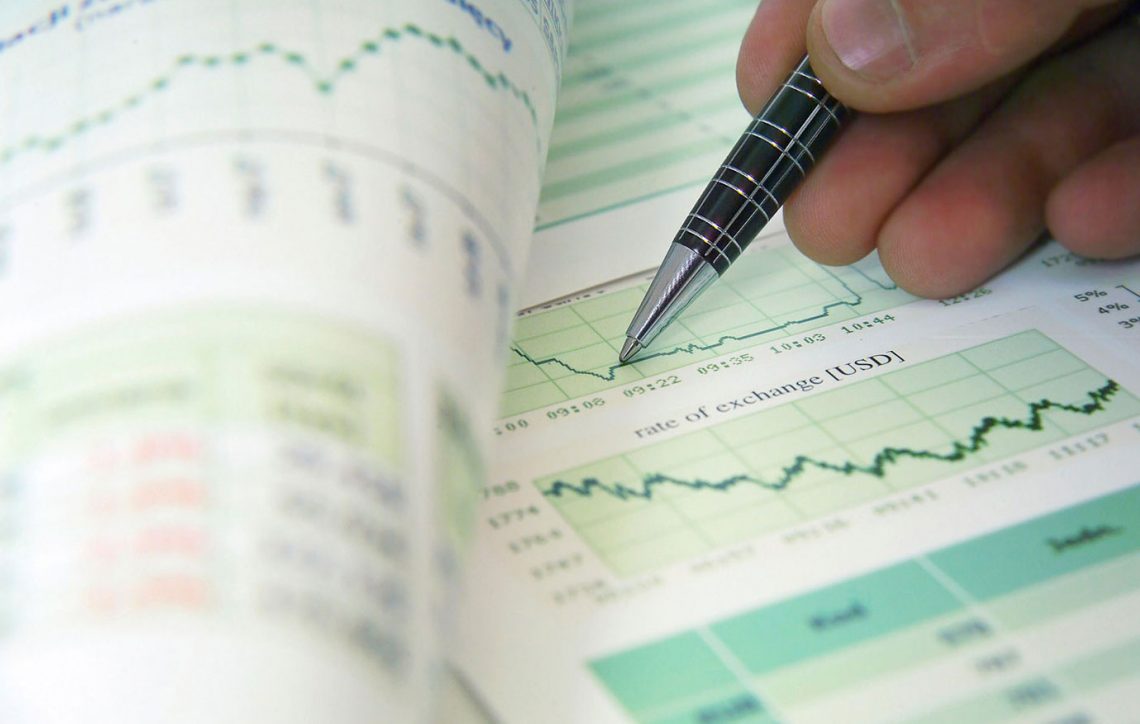 Economic Indicators1 hour ago (Sep 16, 2020 10:10AM ET)
Economic Indicators1 hour ago (Sep 16, 2020 10:10AM ET)
(C) Reuters. A new apartment building housing construction site is seen in Los Angeles
WASHINGTON (Reuters) – U.S. single-family homebuilder confidence increased to a record high in September as historically low mortgage rates continue to boost the housing market despite the COVID-19 recession, which has left tens of millions of Americans unemployed.
The NAHB/Wells Fargo Housing Market Index (HMI) rose five points to an all-time high of 83 this month, data showed on Wednesday. A reading above 50 indicates that more builders view conditions as good than poor.
Builders, however, remained concerned about rising costs for materials and delivery delays, especially for lumber.
“Lumber prices are now up more than 170 percent since mid-April, adding more than $16,000 to the price of a typical new single-family home,” said NAHB chief economist Robert Dietz.
“That said, the suburban shift for home building is keeping builders busy, supported on the demand side by low interest rates. In another sign of this growing trend, builders in other parts of the country have reported receiving calls from customers in high-density markets asking about relocating.”
The housing market has pushed ahead despite nearly 30 million people being on unemployment benefits. Economists say unemployment has disproportionately affected low-wage workers, who are typically renters. The 30-year fixed mortgage rate is around an average of 2.86%, according to data from mortgage finance agency Freddie Mac (OTC:FMCC).
The HMI survey’s current sales conditions index rose four points to 88 this month. The component measuring sales expectations in the next six months increased six points to 84 and the measure of prospective buyers jumped nine points to 73.
U.S. homebuilder confidence hits record high in September
Fusion Media or anyone involved with Fusion Media will not accept any liability for loss or damage as a result of reliance on the information including data, quotes, charts and buy/sell signals contained within this website. Please be fully informed regarding the risks and costs associated with trading the financial markets, it is one of the riskiest investment forms possible.


